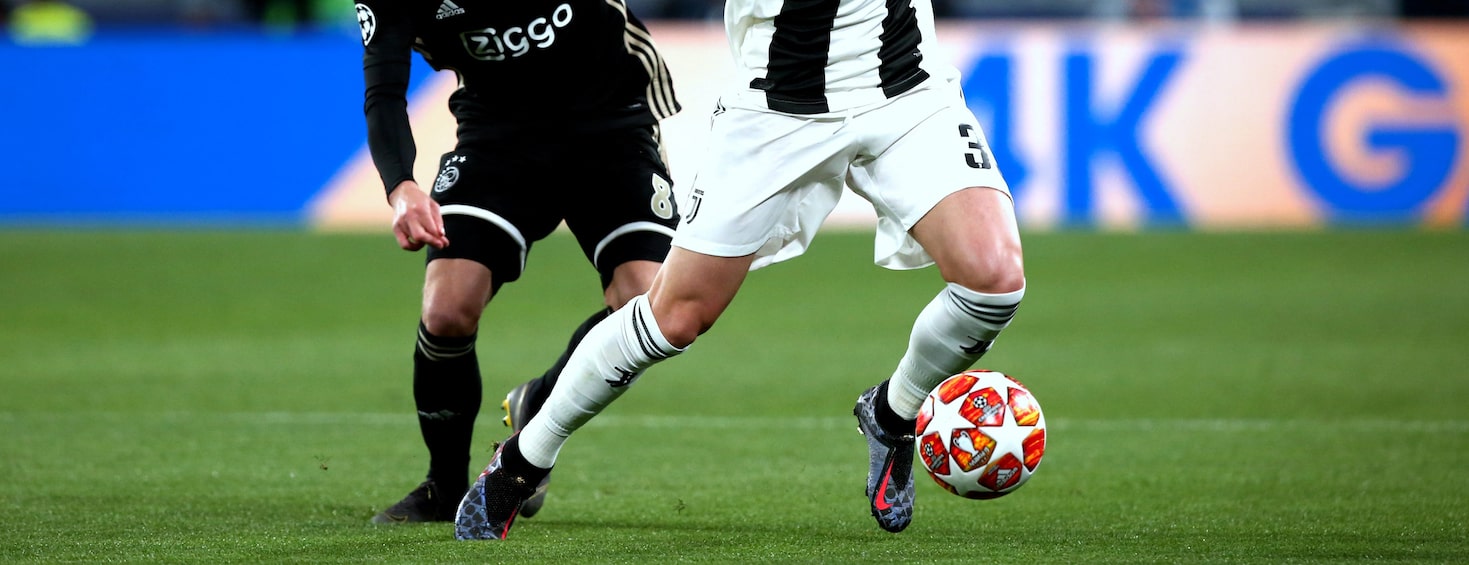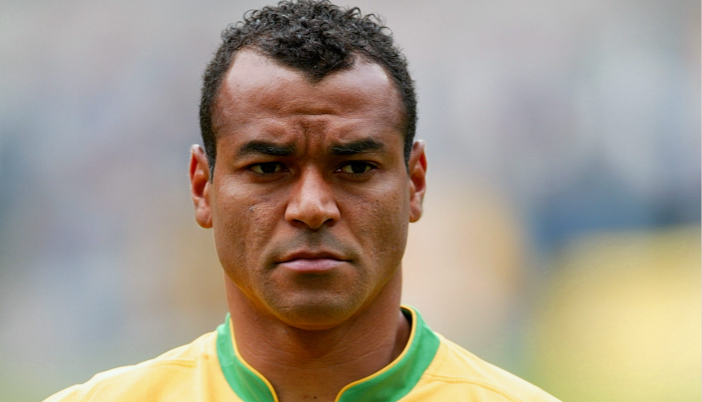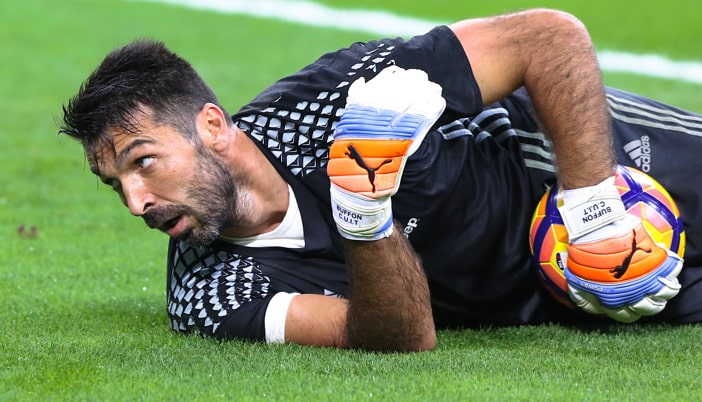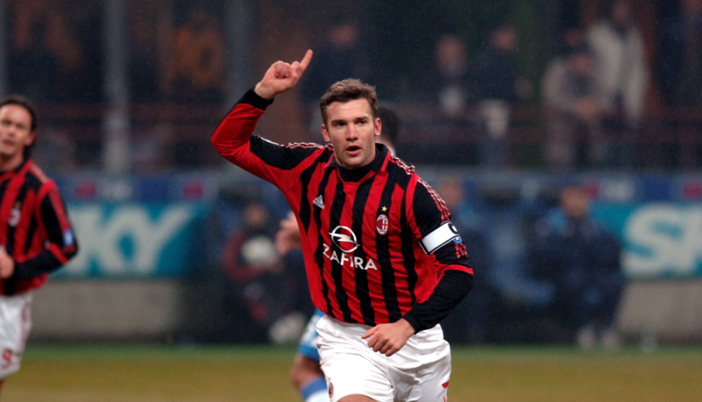Every position plays a pivotal role in achieving victory on the field. Among these, the left back position stands as a linchpin, often overlooked but undeniably crucial. In this article, we'll delve into the world of left backs, understanding their responsibilities, key attributes, and how they impact the game.
Left Backs
The left back, also known as the fullback, holds a vital position in the defensive line. Positioned on the left side of the field, they form the first line of defense against the opponent's attacking moves. This role requires a unique blend of defensive prowess, tactical awareness, and an ability to contribute to the team's offensive efforts.
Defensive Duties: The Guardian of the Left Flank
One of the primary responsibilities of a left back is to thwart the opponent's attacks down the right flank. This entails marking opposing wingers, intercepting passes, and making well-timed tackles. A left back must be quick, agile, and possess excellent positional sense to effectively neutralize the opposition's threats.
Overlapping Runs: Adding a Dimension to Attack
In modern soccer, fullbacks are expected to contribute to the team's offensive endeavors. This involves making overlapping runs down the left wing to provide width and create additional attacking options. A proficient left back possesses a blend of speed, stamina, and crossing ability to execute these runs effectively.
Ball Distribution and Playmaking
A left back is also tasked with initiating attacks from the back. This demands exceptional passing skills and the ability to read the game. A left back's precise distribution of the ball can set the pace for the team's build-up play, allowing them to control the flow of the game.
Tactical Versatility: Adapting to Different Formations
Left backs are often required to adapt to various tactical setups employed by their team. Whether playing in a flat back four, a wingback role in a 3-5-2 formation, or even as part of a back three, a left back must be tactically astute and versatile enough to excel in different systems.
Key Attributes of an Elite Left Back
To excel in the left back position, a player should possess a specific set of attributes:
-
Pace and Agility: The ability to cover ground quickly and change direction is essential for a left back.
-
Defensive Acumen: Sound tackling, marking, and reading of the game are crucial for a left back's defensive effectiveness.
-
Passing Accuracy: A left back should be capable of accurate short and long-range passing to initiate attacks.
-
Stamina: The position demands high levels of endurance, as left backs are expected to contribute both defensively and offensively throughout the match.
-
Crossing Ability: A left back's proficiency in delivering accurate crosses into the box can be a potent weapon in the team's attacking arsenal.


Improve Your GameJust 1.99 p/m
Exclusive drills and sessions, get involved today!
- 100’s of Drills
- Coach to Camera Videos
- Sessions from Pro’s
- Industry Leading Advice
Best Left Backs Ever
-
Paolo Maldini (Italy) - Known for his exceptional defensive abilities and leadership, Maldini spent his entire career at AC Milan and is widely regarded as one of the greatest defenders of all time.
-
Roberto Carlos (Brazil) - Famous for his powerful free-kicks and marauding runs down the left flank, Roberto Carlos was a key player for both Real Madrid and the Brazilian national team.
-
Giacinto Facchetti (Italy) - An Italian legend who spent his entire club career at Inter Milan, Facchetti was a pioneering attacking full-back known for his versatility and leadership.
-
Marcelo (Brazil) - Renowned for his attacking flair and exceptional technical skills, Marcelo has been a vital part of Real Madrid's success during his career.
-
Bixente Lizarazu (France) - Lizarazu was a key figure in the French national team's triumphs, including the 1998 FIFA World Cup and UEFA Euro 2000.
-
Ashley Cole (England) - Cole was known for his outstanding defensive capabilities and precise tackling. He enjoyed a successful career at clubs like Arsenal and Chelsea.
-
Paolo Maldini (Italy) - Known for his exceptional defensive abilities and leadership, Maldini spent his entire career at AC Milan and is widely regarded as one of the greatest defenders of all time.
-
Philipp Lahm (Germany) - Although Lahm played in various positions, he excelled as a left-back. His intelligence on the field and technical proficiency made him a standout player for both Bayern Munich and the German national team.
-
Antonio Cabrini (Italy) - Cabrini was an integral part of the Italian national team that won the FIFA World Cup in 1982. He was known for his defensive prowess and precise crosses.
-
Nilton Santos (Brazil) - Santos is often considered one of the pioneers of the attacking full-back role. He played a crucial role in Brazil's successes in the 1958 and 1962 World Cups.
-
Frank de Boer (Netherlands) - Known for his versatility, de Boer was a top-class left-back who also excelled as a center-back. He played for clubs like Ajax and Barcelona.
-
Ruud Krol (Netherlands) - Another Dutch legend, Krol was known for his elegant style of play and his contributions to the Total Football philosophy.
These left-backs have left an indelible mark on the sport, both defensively and in their ability to contribute to the attack. Their legacies continue to inspire players and fans alike.




Cupello
UEFA B Coach, FA Level 3, FA Youth Modules 1, 2 and 3, Coerver Youth Diploma, SPAIN: Catalan Football Federation Smart Football, USA: United Soccer Coaches diploma. Sports journalist for the Sunday Mirror published author of several volumes of coaching books & international lecturer on soccer.